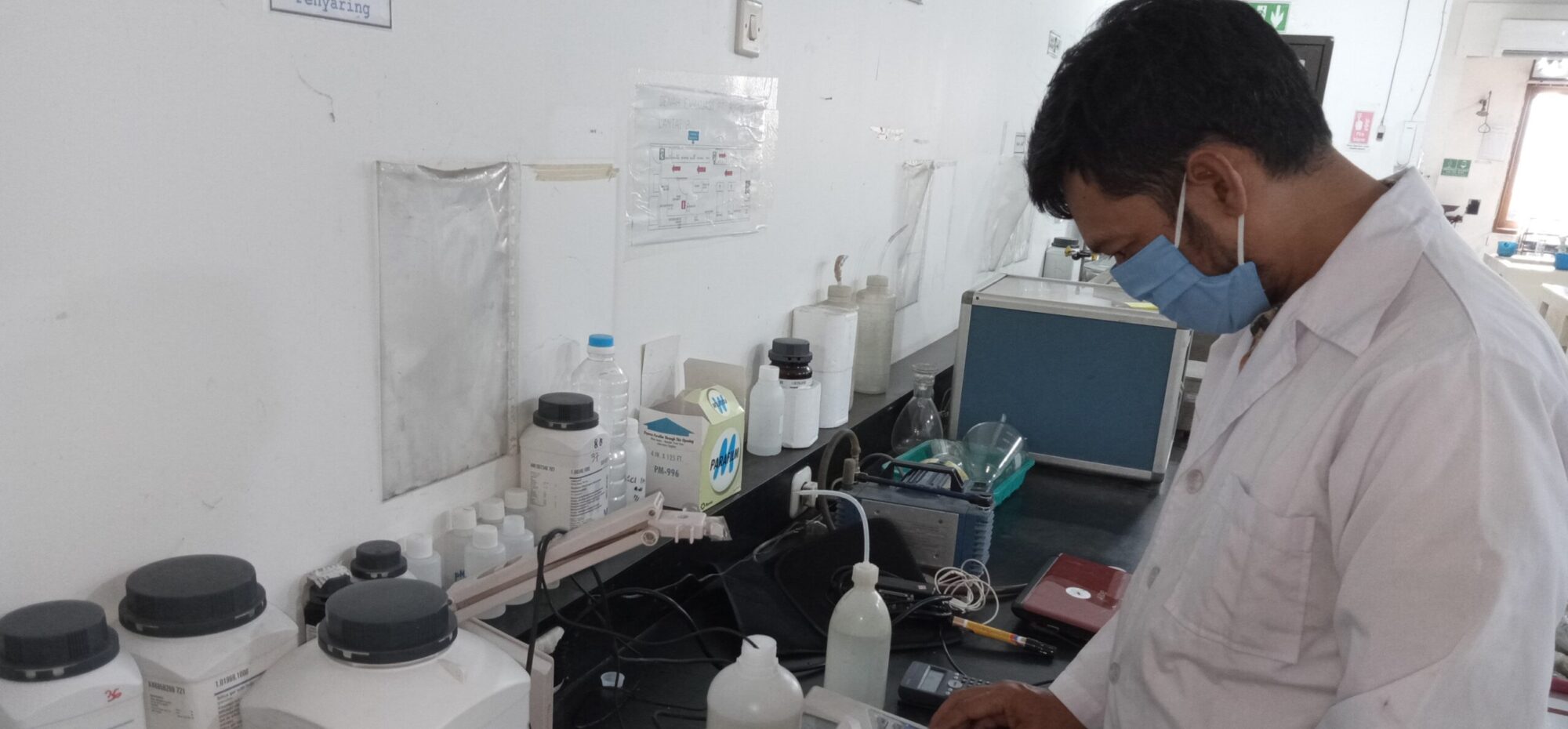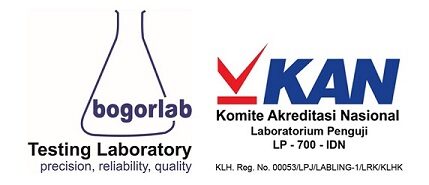Verification and Validation
The verification process is a test of the performance of standard methods. This verification is carried out on a standard method before it is applied in the laboratory. Verification of a method intends to prove that the laboratory concerned is capable of testing with that method with valid results. Besides verification also aims to prove that the laboratory has performance data. This is because different laboratories have different conditions and personnel competencies and equipment capabilities. Thus, the performance of one laboratory with other laboratories is not the same.
Discoursing laboratories, of course we will never be separated from the main 3M, namely man as human resources, machines in the form of laboratory equipment and materials in the form of laboratory materials. Apart from the 3M, there is still one M which is very important for a laboratory, namely the testing method. Test methods that are proven to be applicable in a laboratory will produce valid test information for decision making and even a diagnosis.
Some parameter for validation methods include the following:
Accuracy
is a measure that shows the degree of closeness of the chemical comparison results added to the mixture of pharmaceutical preparations (placebo) carriers and then the mixture is analyzed and the results are compared with the levels of the analytes added (actual levels).
Precision
Is a measure that shows the degree of concordance between individual test results, measured by the distribution of individual results from the average if the procedure is applied repeatedly to samples taken from a homogeneous mixture.
Selectivity (Specificity)
It is his ability to only measure certain substances carefully and thoroughly in the presence of other components that may be present in the sample matrix.
Linearity
is the ability of the analytical method to provide a response that is directly or with the help of an ideal mathematical transformation achieved if the value of b = 0 and r = +1 or –1 depending on the direction of the line.
Detection Limits and Quantitation Limits
Ruggedness method
Is the degree of confusion of the test results obtained from the analysis of the same sample under various normal test conditions, such as laboratories, analyzes, instruments, reagents, temperature, different days, etc.
Strength (Robustness)
(Source: Harmita, 2004)
For some laboratories that have used standard methods, it is usually sufficient to test with a minimum of three parameters. Validation / verification of this testing method applies to all methods both qualitative and quantitative.

